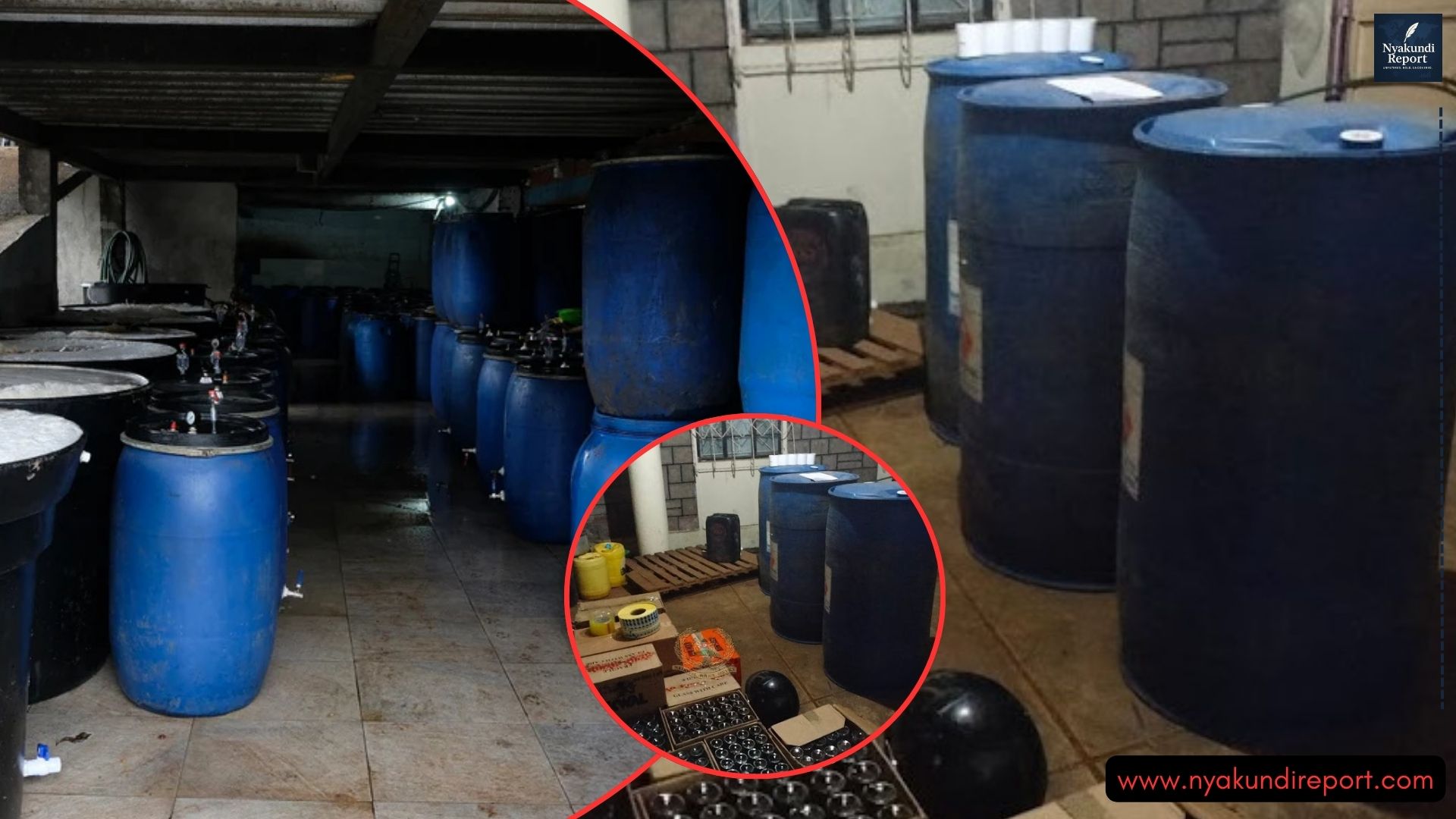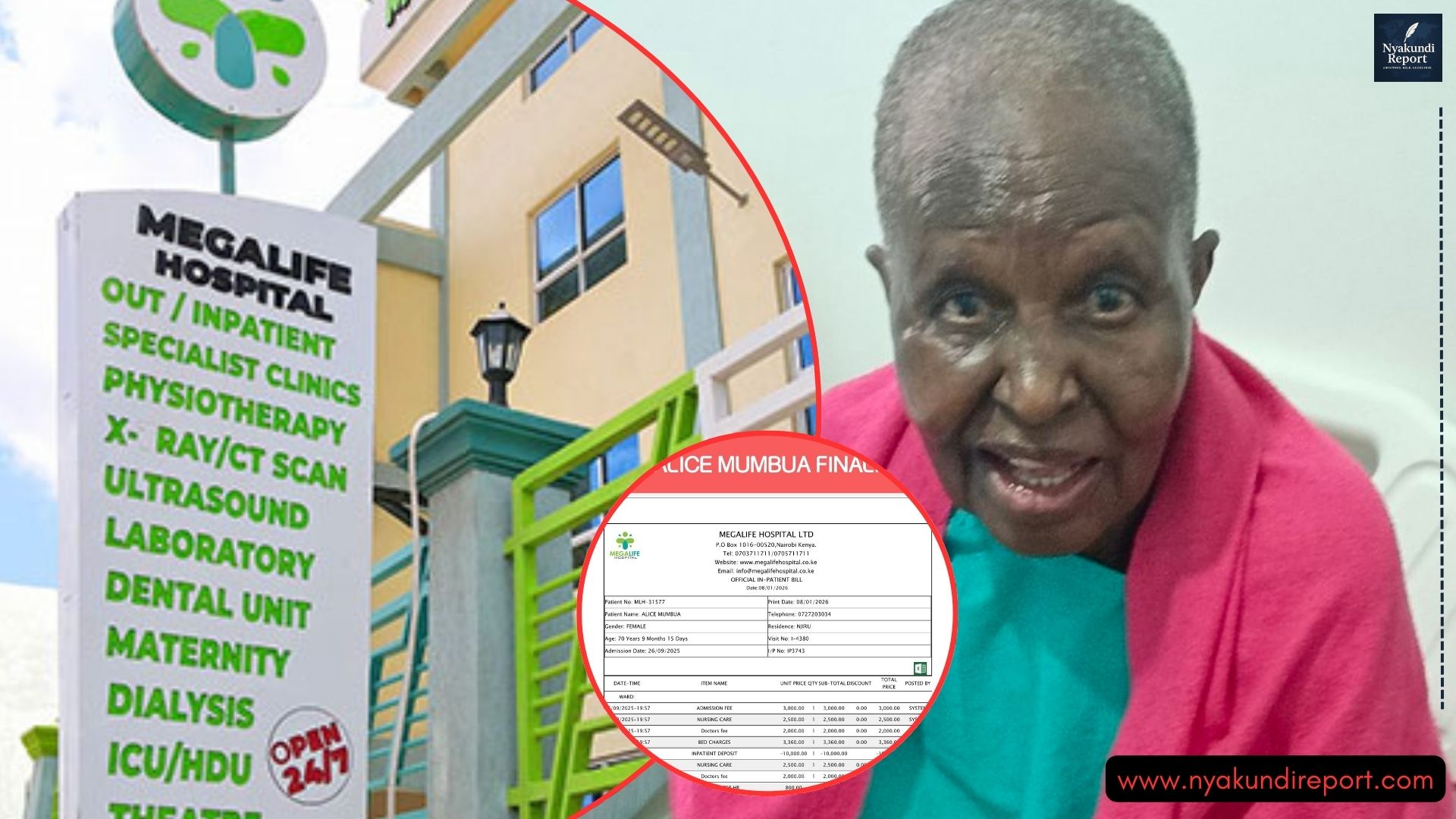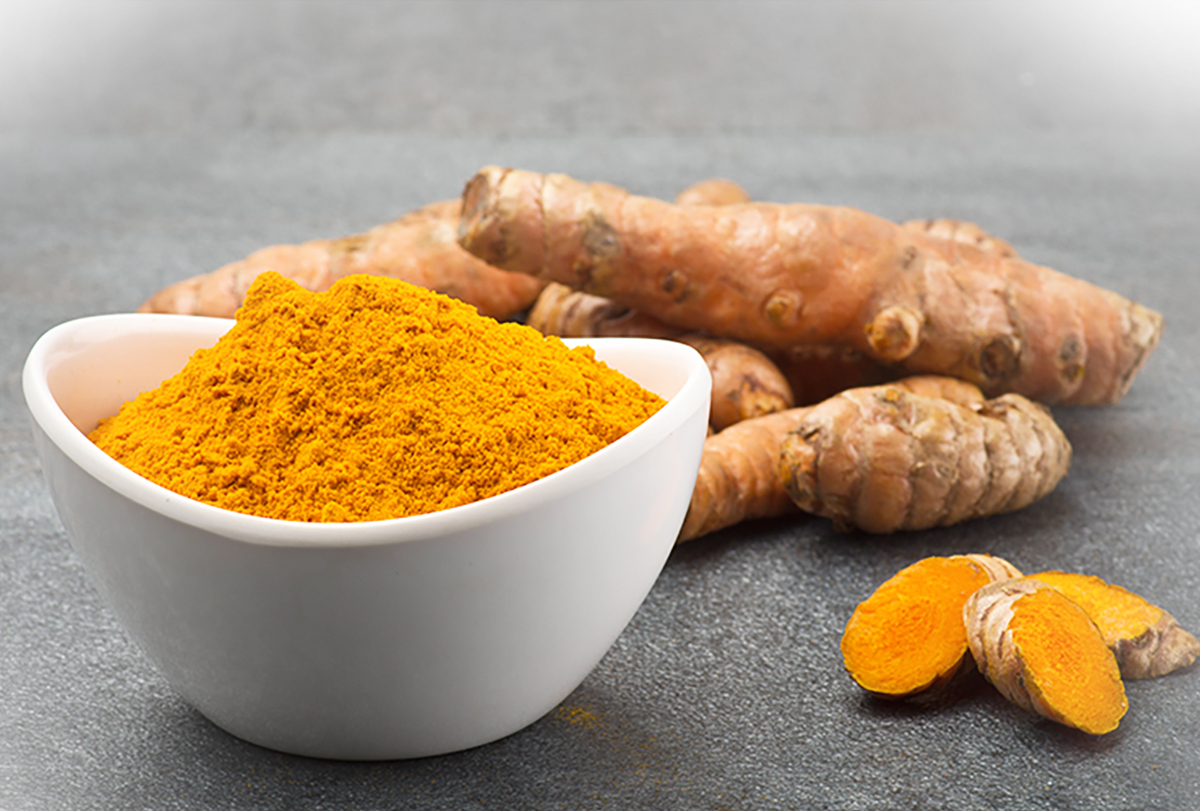Courgette, also known as zucchini, is one of the most profitable vegetables to grow in Kenya today. It grows fast, requires minimal care, and sells well both locally and abroad.
This green, leafy vegetable is part of the Cucurbitaceae family and is packed with health benefits that make it a favourite among consumers. From helping the eyes to boosting the immune system, courgettes are more than just tasty—they’re healthy too.
If you’re looking to venture into vegetable farming, courgette farming in Kenya is a smart and rewarding choice.

Steps to Successful Courgette Farming In Kenya
Courgette farming in Kenya is easy if you follow the right steps. This guide walks you through everything from preparing the land to harvesting and selling.
Choosing the Right Variety
Start by selecting the best courgette variety suited to your region. The most common ones in Kenya include:
- Simba F1
- Cera F1
- Black Beauty
- Ambassador F1
- Green Zucchini
All these varieties perform well if managed properly and can yield high-quality produce.
Ecological Conditions to Consider
Courgettes grow well in warm climates and need:
- Temperatures between 15°C and 22°C
- Altitudes of 500 to 2000 metres above sea level
- Well-drained, fertile soils with a pH of 5.5 to 7.5
- 800mm of water during their vegetative stage
If your area meets these conditions or you can adjust them through irrigation or soil amendments, then you’re set for success.
Preparing the Land
Good land preparation improves seed germination and plant health. Begin clearing and digging your land at least two months before planting. This early preparation allows weeds and organic matter to decompose, enriching the soil.
- Till the land deeply to improve drainage
- Mix the topsoil with compost or well-rotted manure
- Ensure the soil is fine and free from clumps
Planting the Courgette Seeds
Courgettes are propagated using seeds. You can either sow them directly into the field or raise them in a nursery for transplanting later.
- If transplanting, wait until the seedlings have 3–4 leaves
- Direct sowing is preferred due to faster growth and fewer disruptions
- Dig planting holes 60cm by 60cm apart, about 2cm deep
- Mix DAP fertilizer or compost in each hole to boost nutrient uptake
Seeds usually germinate within 5–7 days under the right conditions.
Managing the Farm
Once the plants are in the ground, proper farm care is vital for a healthy harvest.
Irrigation
Water the plants regularly, especially during dry seasons. Keep the soil moist from the start of planting until the fruits mature. Drip irrigation is recommended for efficient water use.
Weeding
Remove weeds every two weeks to reduce competition for nutrients. Manual weeding or using recommended herbicides keeps your field clean and increases productivity.
Mulching
Apply dry grass or black polythene mulch around the plants to retain moisture, suppress weeds, and keep the soil temperature balanced.
Pest and Disease Control
Watch out for pests like:
- Aphids
- Cutworms
- Red spider mites
- Epilachna beetles
Diseases to monitor include:
- Anthracnose
- Powdery mildew
- Downy mildew
- Mosaic virus
To control pests and diseases:
- Practice crop rotation
- Maintain field hygiene
- Choose disease-resistant varieties
- Use organic or chemical pesticides when necessary
Harvesting and Handling
Courgettes mature quickly and are ready for harvest 2–3 months after planting. Pick the fruits when they are still tender and shiny green.
- Use a sharp knife to cut them from the plant
- Leave 2–5cm of the stalk on the fruit
- Harvest continuously to encourage new fruit growth
Courgettes spoil fast, so handle them gently and store them in a cool, dry place.
Selling Your Courgettes
Courgette farming in Kenya offers many market opportunities. Farmers can sell their produce to:
- Supermarkets
- Hotels and restaurants
- Open-air markets
- Export companies
- Grocery stores
To attract higher prices, focus on quality, consistent supply, and timely delivery. Packaging and hygiene also matter, especially when selling to institutions or for export.
Whether you are new to farming or looking to add another crop to your field, courgettes are worth your investment. By following this simple guide, you can start and grow a profitable courgette farming business in Kenya.









































